Top 10 Insurance Myths Explored

Does the color of the car you drive raise your insurance rates? Are old cars cheaper to insure? And will your premiums go up after a claim?
Each of these questions has an answer and it might not be what you think it is.
We’ve compiled a list of the ten most common car insurance myths in the hopes of debunking them. The answers might not only make you a smarter car insurance shopper, they might also save you money, or even impact the next car you buy.
People often believe that the insurance premium they pay is tied to the color of their car, with red cars emerging as the costliest car color choice there is.
In reality, insurance companies don’t seem to care at all about the color of your car. Instead they prefer to look at concrete data, like your driving history.
Further more, recent studies have found that aggressive drivers are commonly piloting blue, black and silver cars, meaning that even if insurance companies did look at car color as an indicator of risky driving behavior, red cars would still be safe.
With new cars typically being more valuable, some assume that they’re also more expensive to insure than older and used cars. But that isn’t always the case.
“It depends on the types of vehicles,” said Anne Marie Thomas from InsuranceHotline.com. “Sometimes newer vehicles have more safety features, which might help lower an insurance premium.”
While the number of airbags is a reassuring fact to insurance companies, so are new crash-prevention technologies like lane departure warning, blind spot monitoring and collision mitigation systems. All of these systems work together to make you a safer driver and help reduce your insurance costs.
Some people say that your premiums will always go up after you file a claim, a theory that pushes people to avoid going through insurance after an accident.
While many at-fault claims will likely result in an increase in next year’s premiums, not-at-fault claims usually don’t. That means if you’ve been rear-ended or if someone overestimates their parking ability, you can file that claim without worry of having to spend more down the road.
Additionally, some insurance companies offer “accident forgiveness” which means your first at-fault accident won’t impact your premiums.
Many people think that the driver’s insurance is what matters, but that’s not the case.
“Insurance follows the vehicle,” Thomas said. “Which is why if you lend your car to someone, you can also be lending your car insurance.” If you are both, the policyholder and registered owner of the vehicle, any accident which occurs to the car will show up on your record, even if you’re not involved.
This one might be hard to believe considering city drivers usually don’t have to commute as much, or as far. Sadly, it’s true.
“With the exact same profile, a driver in an urban area will usually pay more for insurance than a driver in a suburban area,” said Thomas.
Due to the higher volume of vehicles sharing the road (bikes, buses, scooters), statistics show that city drivers are more likely to be involved in accidents. Additionally, some bigger cities are notorious for having high theft rates, another point of data which increases your insurance premiums.
This falls under a grey area.
“Depending upon the modifications made, you may not be able to obtain coverage from anywhere but a high risk market,” said Thomas.
Some insurance companies won’t even consider insuring a modified car. However, Hagerty and other specialized insurance companies will often still cover the vehicle. Hagerty is known for insuring classics and collector cars, but they also insure modified cars.
You can also hire an insurance broker, who will help shop around to find the perfect insurance for your needs. Often they can find a smaller insurance company that will provide the coverage you need.
On the other hand, Esurance has a policy that covers up to $4,000 in customized parts and equipment. While that may not be enough for a custom paint job or forced-induction setup, it could cover audio upgrades or maybe custom wheels.
Taken at face value, this myth is true – accumulating parking tickets won’t affect your insurance premium. That is, as long as you’re paying them off. Too many unpaid tickets and you risk losing your driver’s license, or having it suspended. If that happens, your insurance premiums can change drastically.
On the other hand, speeding tickets and any other moving violation will usually result in an increase in your insurance premiums.
This myth is bolstered by the idea that sedans are driven by family types who are more careful on the road, while coupes are piloted by flashier and more aggressive drivers. However, insurance rates are based on the statistics related to the drivers. Some sporty cars are commonly driven by older, more mature people (mid-life crisis). As experienced drivers are generally more responsible on the road, they are less likely to speed or be at fault in an accident, resulting in lower insurance premiums. This makes sports cars like the Mazda MX-5 a bit easier to insure than some sedans.
On the other hand, affordable compact sedans are popular with younger buyers due to their low price, good fuel economy and the fact that they’re easy to find. Statistically speaking, younger drivers are more prone to moving violations and their inexperience could lead to more accidents. Consequently, low-cost compact cars can actually come with relatively high insurance premiums.
One of the riskiest age groups to insure are drivers under 25. When it comes to finding out your insurance costs, the company gathers a lot of information about you and other drivers like you to predict your driving style and how much you should pay per year for insurance.
When you turn 25, it’s likely your insurance rates will drop as you cross into a “lower risk” demographic of drivers, but there are many elements that go into determining your costs, so don’t always bank on it being a big change from what you’re used to.
A myth that’s popular with owners of rotary engine or small-displacement turbo powered cars is that insurance companies use the size of your engine to determine your insurance costs.
According to Justin Herndon from AllState Insurance, that statement isn’t necessarily a myth. “Our rating programs vary by state, but in general, we have separate rating factors to the vehicle make, model and trim level which can then result in different rates by engine size as a result.”
Herndon said that not all insurance companies have such detailed information about the vehicles they insure, so you may be able to get better rates depending on your insurance company adding more incentives for you to shop around for a better price.

Sami has an unquenchable thirst for car knowledge and has been at AutoGuide for the past six years. He has a degree in journalism and media studies from the University of Guelph-Humber in Toronto and has won multiple journalism awards from the Automotive Journalist Association of Canada. Sami is also on the jury for the World Car Awards.
More by Sami Haj-Assaad




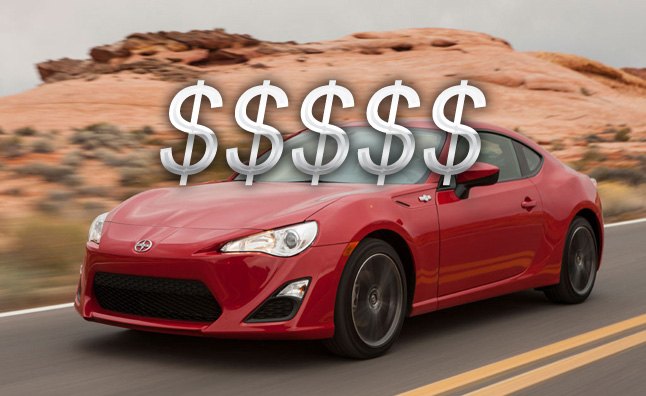



















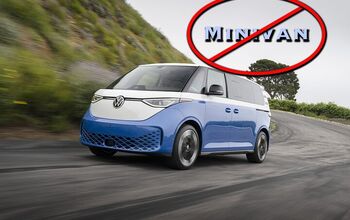



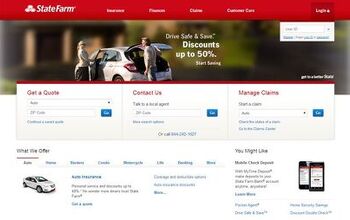
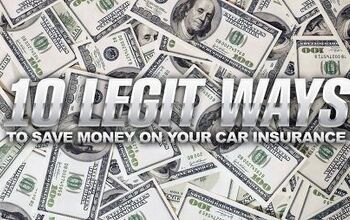
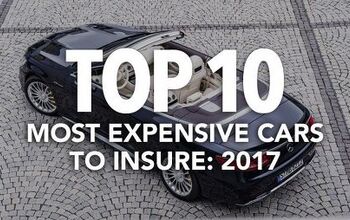











Comments
Join the conversation
Look up insurance companies in a thesaurus and you find: satan, monopoly, north korea politics, mlse, cellphone providers....etc
Premiums always go up after filing a claim, even if it's not your fault, at least in Massachusetts. Insurance companies use a score called the Auto Insurance Score, which is separate from your driving history, which tells them how likely you are to file a claim. The more claims you file, even if not your fault, the lower your score goes and the more you pay for insurance. It should be illegal, since you are being penalized for using your insurance regardless of fault.